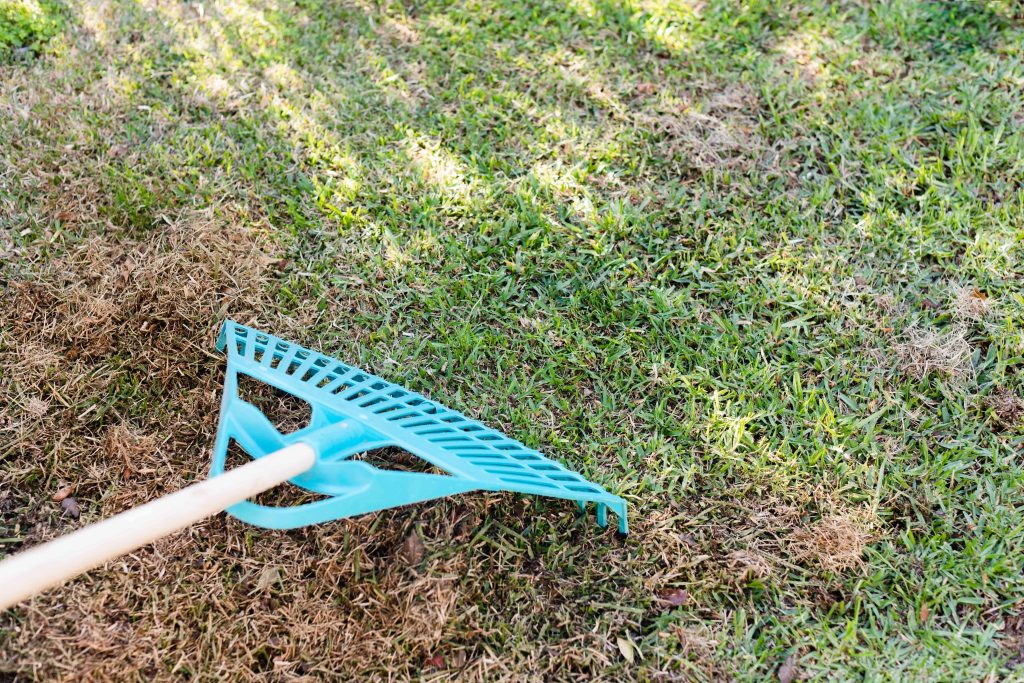It’s spring, which it means it’s time to once again focus on that lawn of yours. One of the first things you can do for a lawn in the spring is thatch control.
Thinning out the thatch in the lawn clears out old, dead grass and other organic matter that has built up but not broken down over the fall and winter months. Dethatching opens up the lawn surface, allowing for improved nutrient and water intake. It also cuts through stolons and rhizomes, or lateral stems, which encourages new growth.
The Best Time to Dethatch
The period of active growth and warming temperatures of spring are ideal for dethatching, but exactly when in spring depends on the type of turf you have.
Both warm-season and cold-season turf types should be dethatched after they are actively growing. A general rule of thumb is to wait until they have been mowed a couple of times. For warm-season turf, this typically happens in late spring to early summer. For cold-season turf, the right time is usually early spring. Cold-season grasses can also be de-thatched in early fall while the grass is still growing, as it needs time to re-establish before the frost season.
Common warm-season grasses include Zoysia, St. Augustine, Bermuda, Bahia and Centipede. Common cold-season grasses include Kentucky bluegrass, rough bluegrass, fescue, and ryegrass.
Assessing Your Thatch Layer
To determine if your lawn has an excessive amount of thatch, look at, feel, and even measure the thatch layer. What you’re looking for is a thatch layer that’s thicker than 1/2- to 3/4-inch, which means it’s time to dethatch.
Get down on your belly and comb your fingers through the grass. You should be able to see some soil through the grass blades. You should also be able to poke your fingers through the thatch layer and into the soil fairly easily. If the soil is very hard to see or get through, you probably have an excessive thatch layer. Also check how the turf feels underfoot; springy and spongy means too much thatch. Finally, you can take a “core sample” of your turf by opening a vertical slice of it with a shovel and measuring the thatch layer with a ruler.
Dethatching Equipment
If you determine that your lawn needs dethatching, you can hire out the job to a lawn care company or do it yourself with your own equipment or a rental.
Dethatchers are available in many forms and may be gas-powered, electric or manual. A powered unit, which can be tractor-mounted or a walk-behind, gets its power from an engine, a PTO, or hydraulically. It either uses a series of vertical discs to cut the rhizomes and stolons and bring the thatch to the surface or a series of spring-loaded fingers to achieve similar results. Powered dethatching is sometimes referred to as vertical mowing, verti-cutting, or power raking.
A non-powered dethatcher is more reasonably priced and is usually dragged behind a lawn tractor or operated manually. A pull-behind unit tears rhizomes and stolons and pulls up thatch with a series of wire fingers that scratch the surface to various depths, depending on the weight applied to it. Dethatching manually is hard work and less effective but is nothing more than vigorously raking the lawn with a hard-tooth rake.
Read the full article here














